[Best_Wordpress_Gallery id=”814″ gal_title=”CA-DELLA-SETA”]
Sulla scia di Marco Polo prende vita un’abitazione che tra passato e presente intreccia energia e bellezza in un tripudio di forme, colori e seducenti fruscii.
 Progetto di ristrutturazione Atelier Gino Giacomin – Ph Eros Mauroner – Testo Francesco Zambon
Progetto di ristrutturazione Atelier Gino Giacomin – Ph Eros Mauroner – Testo Francesco Zambon
Il treno mi sembrava galleggiasse sull’acqua, tanto stretto era il Ponte della Libertà quando raggiungevo Venezia da bambino.
Mi trasferii a Venezia nel 2013, dopo un lungo periodo vissuto in una metropoli di 20 milioni di abitanti: Mosca.
Da una mega-polis ad un microcosmo. Comprare casa a Venezia è sempre stato un sogno nel cassetto.
Un sogno così ben idealizzato, che non aveva fatto i conti con la realtà, tutt’altro che facile, veneziana.
Calli strette, spazi bui, finestre cieche, scale impraticabili, piani nobili enormi, distributivi improbabili, parti comuni fatiscenti. Una ricerca infinita.
Poi un giorno mi trovai in una calle che oggi, nell’attuale toponomastica, non esiste più – sembra un racconto di Harry Potter – : “Calle dell’Ufficio della Seta”.
Nei secoli passati qui si tingeva la seta. Sono un “vicino di casa”. di Marco Polo, a due passi da San Marco e da Rialto.
Una piccola palazzina di tre unità, articolata su tre livelli, con altana. Era già presente nella futuristica mappa – Google maps sarebbe arrivata solo 500 anni dopo! – del De Barbari del 1500.
Avevo trovato la mia “Ca’ della Seta”, già intrisa di legami con l’Oriente che avrei arricchito con oggetti e tessuti dai miei viaggi in Giappone e Cina.
Appena ristrutturata con finiture di pregio, ma vecchio stile, era venduta “chiavi in mano”. Decisi di darle un restyling completo.
Era l’inizio di un viaggio alla ricerca delle artigianalità originali veneziane.
La mia guida è stato Gino Giacomin, dell’Atelier Gino Giacomin, interior designer dell’intero progetto, un artigiano del legno dall’età di 14 anni che conosce tutti i segreti del mestiere.
Disegna, inventa, crea, realizza, rigenera interni di case, negozi, ville, e addirittura castelli in Italia e nel mondo. Trae ispirazione da tutte le culture, ma non tradisce mai la sua.
Gino mi ha accompagnato in tutte le fasi del lungo restauro. Lunghe discussioni, prove, disegni, prototipi, cambi di rotta fino a trovare quella giusta.
Chiedevo continuamente: “Allora cosa facciamo in questo punto? E qui? Quando è pronto questo? Di qua non è meglio fare cosi?”
Seraficamente rispondeva: “Francesco non ti preoccupare: questa casa parla da sola. Tu puoi progettare le cose al millimetro. Ma le migliori cose si costruiscono da sole”.
E così è stato. Ricordo ancora – e credo lo ricordi bene anche lui – il nostro primo incontro.
Andai una sera nel suo studio: un enorme e bellissimo tavolo ovale fatto con le briccole, il legno dei pali che segnano le vie d’acqua a Venezia.
Avevo una cartellina con tre fogli. Nel primo, alcune foto di tre opere d’arte: La Danse di Matisse, una piccola pala di Tiziano, una veduta aerea della piazza di Pienza, la città ideale.
Sul secondo, dei concetti che volevo la casa trasmettesse: armonia, accoglienza, wabi-sabi, asimmetria, materia, semplicità.
Nel terzo, nomi di oggetti, tra cui il pianoforte che simboleggia il mio amore per la musica, e il caminetto, per l’intima atmosfera che infonde.
Era nata Ca’ della Seta.
CHI:
• ATELIER GINO GIACOMIN – progetto di ristrutturazione
Vicolo Pescherie 20, Treviso – giacomin@operaunica.it
[ap_divider color=”#CCCCCC” style=”solid” thickness=”1px” width=”70″ mar_top=”20px” mar_bot=”20px”]
CA’ DELLA SETA
In the wake of Marco Polo, this abode comes to life between past and present; it combines energy and beauty in an explosion of shapes, colours and alluring rustles.
Renovation project by Atelier Gino Giacomin – Photography by Eros Mauroner – Text by Francesco Zambon
While trying to reach Venice when I was a kid, I felt like the train was floating on the water since Ponte della Libertà — a famous bridge connecting the islands and the old town — was extremely narrow.
I moved to Venice in 2013, after a long period in Moscow, a metropolis of millions. From a megapolis to a world in miniature.
Buying a house in Venice has always been one of my life-long dreams. A wellthought- out dream that did not deal with the Venetian reality, anything but easy.
Narrow alleys, dark spaces, windows without light, impossible stairs, huge main floors, improbable elements, crumbling shared areas. Endless hunting.
Then, one day, I ended up in a narrow alley that no longer exists today in the current toponymy: “Calle dell’Ufficio della Seta”. It sounds like a Harry Potter story.
During the past centuries, they dyed silk there. Next door to Marco Polo, a short walk from St. Mark’s Square and Rialto.
A small block of flats with three housing units on three levels and a roof terrace. It already existed in Jacopo de’ Barbari’s innovative map dating back to the 16th century;
Google Maps would have been invented around 500 years later.
I had found my “Ca’ della Seta”, already steeped in connections with the East and later enriched thanks to objects and fabrics that I brought from my journeys to China and Japan.
A turnkey house for sale, straight after the renovation with precious finishing touches but still with an oldfashioned feeling.
I decided to give it a cool and complete makeover.
It was the beginning of a journey to find the original Venetian craftsmanship. Gino Giacomin — Studio GG —led the whole project.
He is an interior designer and a woodworker since the age of 14, he knows all trade secrets.
He draws, he invents, he creates, he realizes, he restores houses, shops, abodes and even castles in Italy and all over the world.
Gino draws his inspiration from all cultures, but he never betrays his heritage. Gino has been with me during all stages of this long renovation project.
Long discussions, tests, drawings, prototypes, changes of direction until we found the right way.
I kept asking him: “So, what do we do at this stage? And here? This one, when will it be ready? Here, what about doing this?”.
He seraphically answered: “Francesco, don’t worry: this abode speaks for itself. You can design everything to the millimetre but the best things will come naturally.”
And so it was. I still remember — and I think he remembers it well too! — our first meeting.
One night, I went to his studio and I saw a huge and beautiful oval table crafted using “briccole” wood, the material used for the pole structures in the Venice lagoon.
I had a small folder with three sheets.
One displayed some pictures of three works of art: Dance by Henri Matisse, a small altarpiece by Titian and an aerial view of Pienza, the ideal town.
The second sheet concerned the concepts I wanted this house to convey: harmony, hospitality, naturalness, tactility, asymmetry and wabi-sabi.
Last one was about object names, with a piano that is the symbol of my love for music and a fireplace, for the intimate atmospheres it instils.
“Ca’ della Seta” was born.

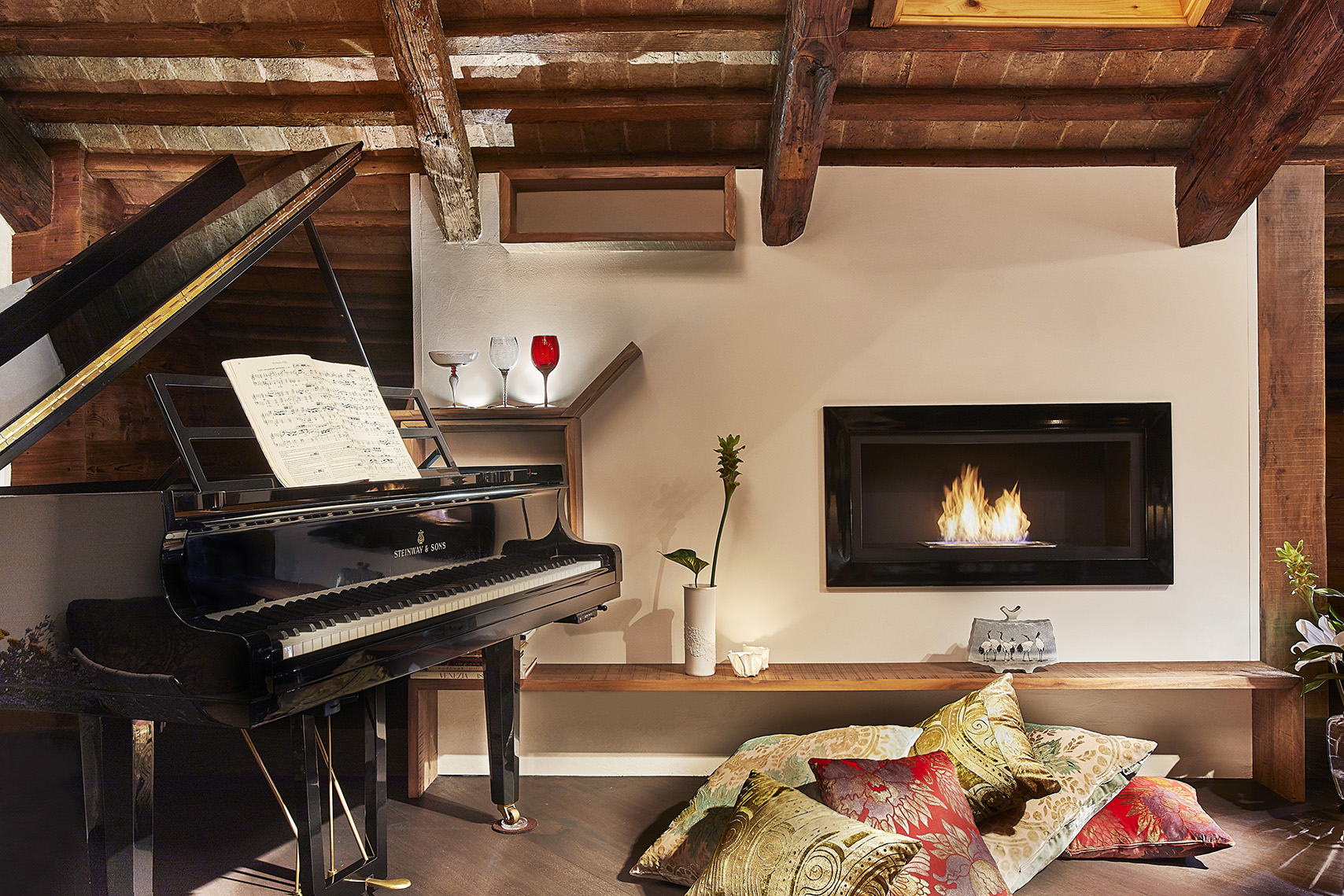

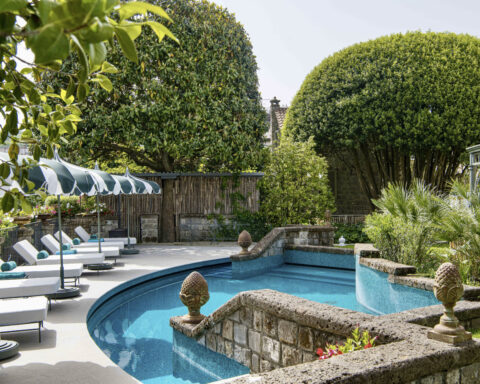
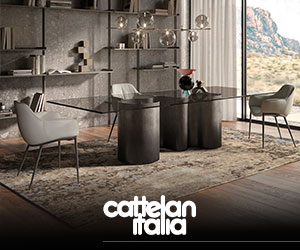
.png)

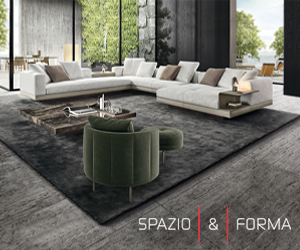

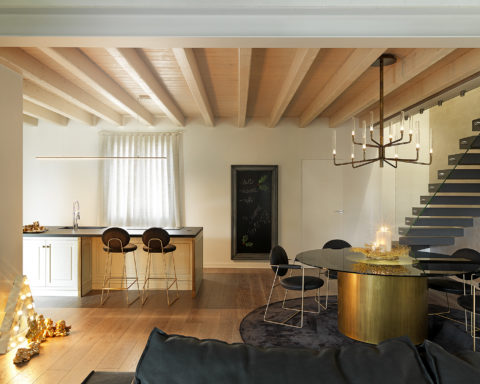
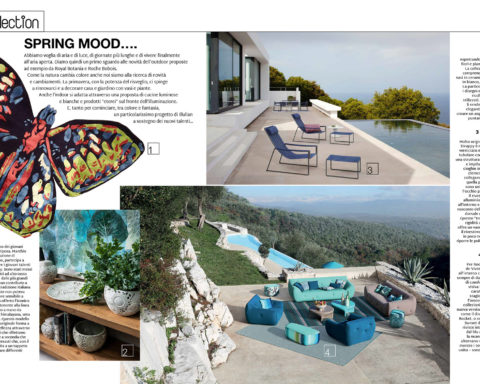
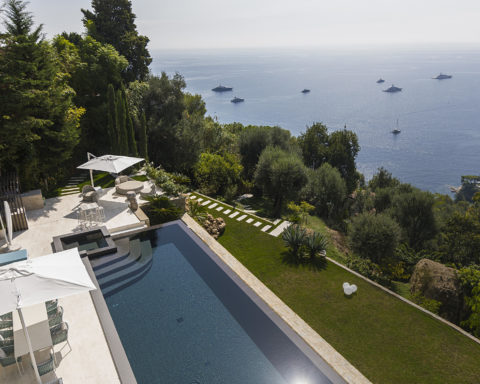
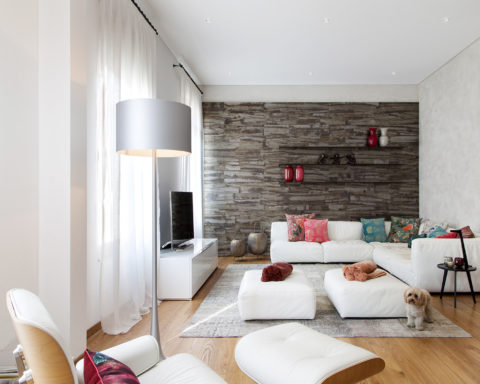
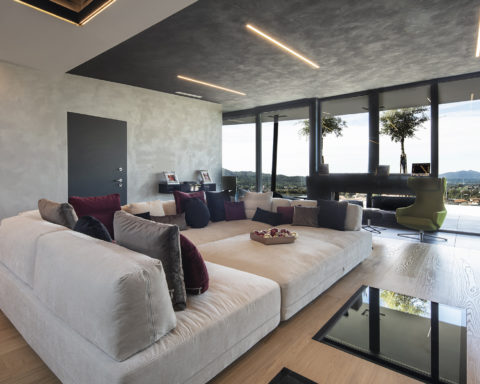
Seguici su